Period Pads VS Condoms
the difference in the accessibility of free condoms versus menstrual products and the stigma around these items
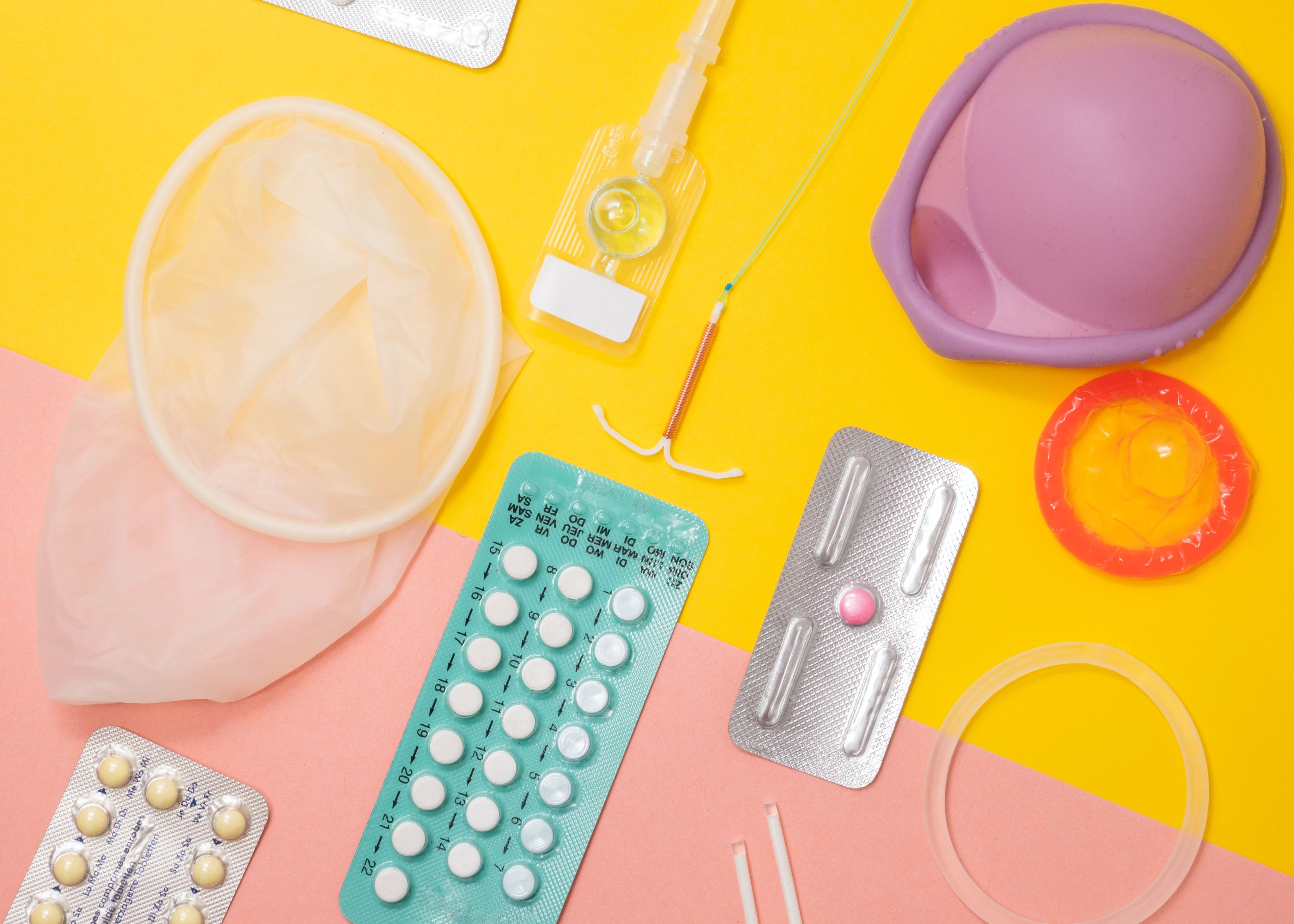
Break down of Subsidies
Condom distribution is effectively free and readily available across many distribution programs. While this remains important in order to prevent the transmission of STIs, sanitary items are not free, despite menstruation products being a necessity. Condoms are often sold at a subsidised price and are free for individuals with a prescription through marketing programs. The high cost of period products has resulted in many of those who have periods, not being able to afford these items. This period poverty consequently affects people's education, emotional development, mental health and career prospects.
Condoms are marketed and distributed as a necessity, however, sanitary products are not
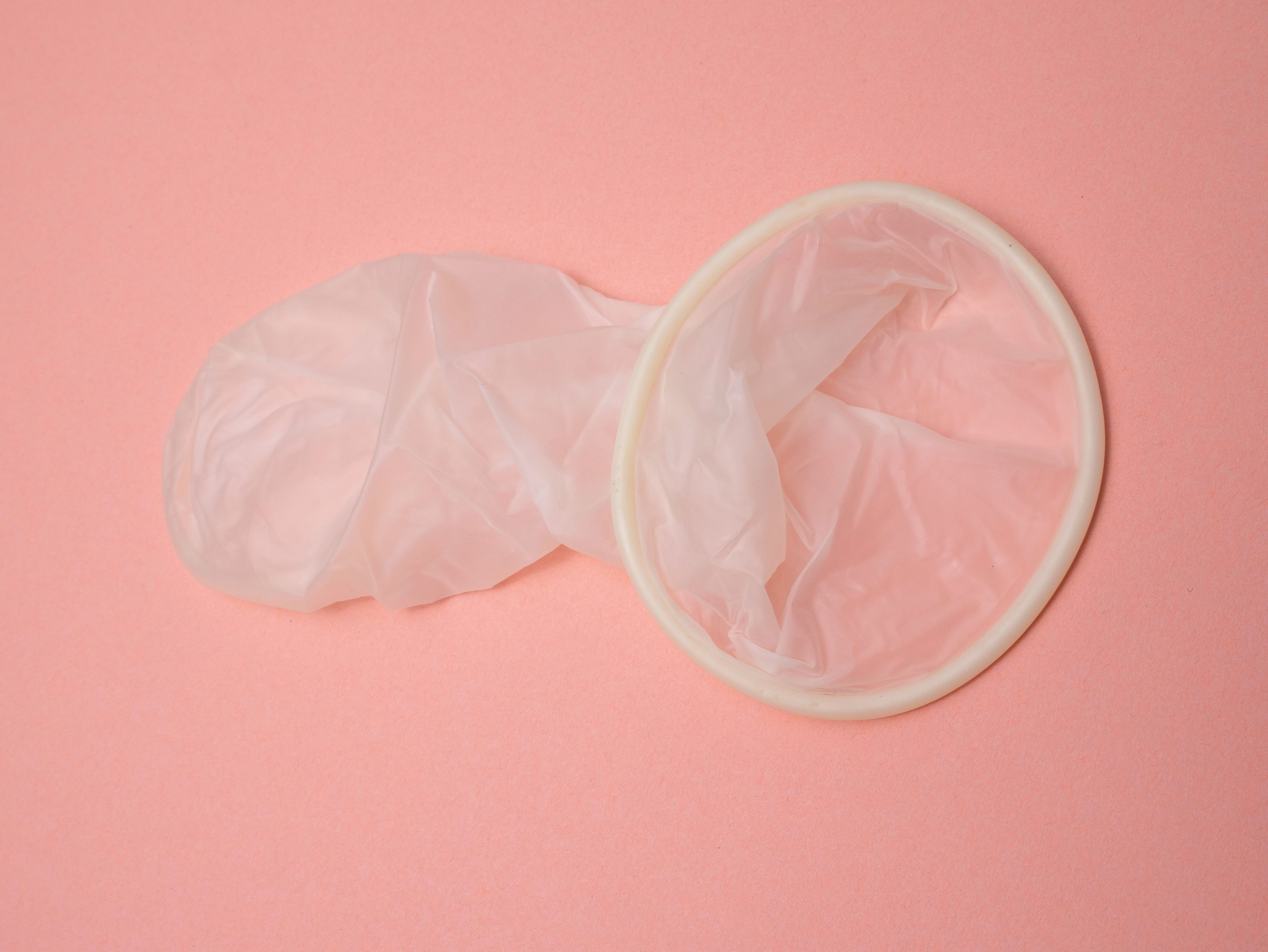
Initiatives
We have noticed that condoms have always been easily accessed by students through OUSA and student health, and only recently have we found the occasional box of period pads in university bathrooms for people who get periods.
The condoms given away by OUSA and the University are donated, largely by the good folks at the Burnett Foundation Aotearoa (formerly the New Zealand AIDS Foundation).

Campus watch posted a video on the 12th of January 2023 expressing the shipment of pads with the caption:

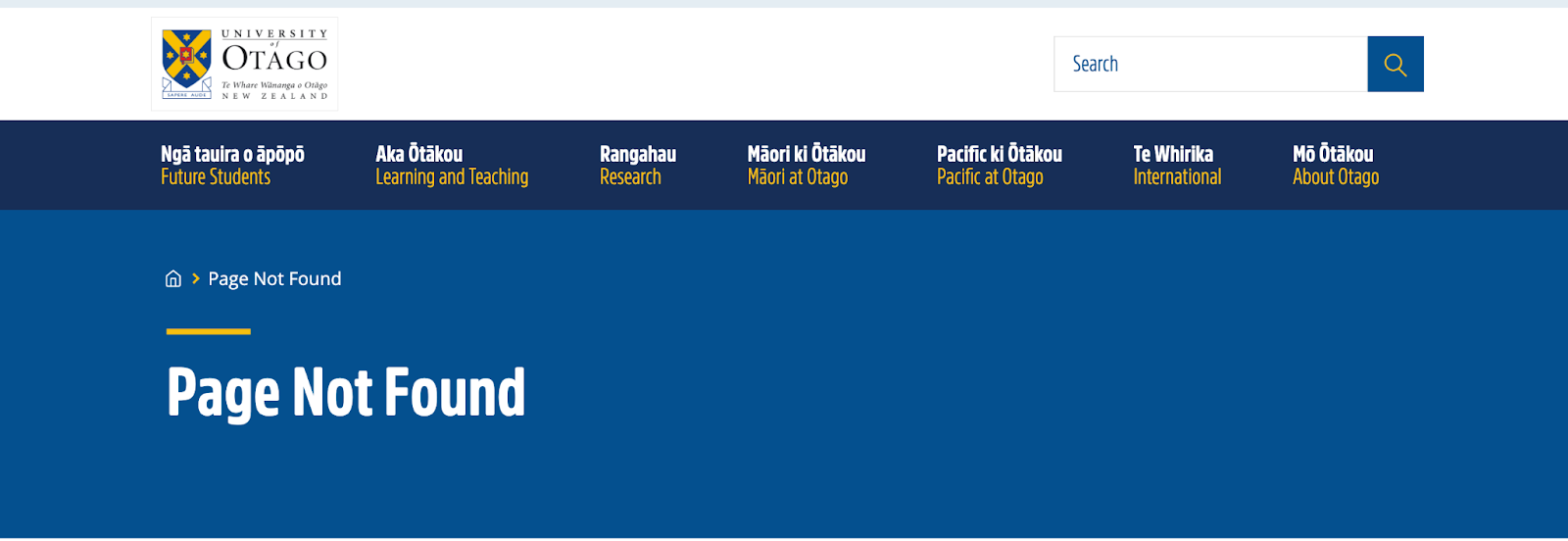
When I follow the link for more information the link leads you to a page not found. In fact when I look up anything related to the university of Otago and the providing of pads all pages are not found. This makes us think, has their efforts to provide pads for their students failed and have they given up?
Difference of Acquiring the Products
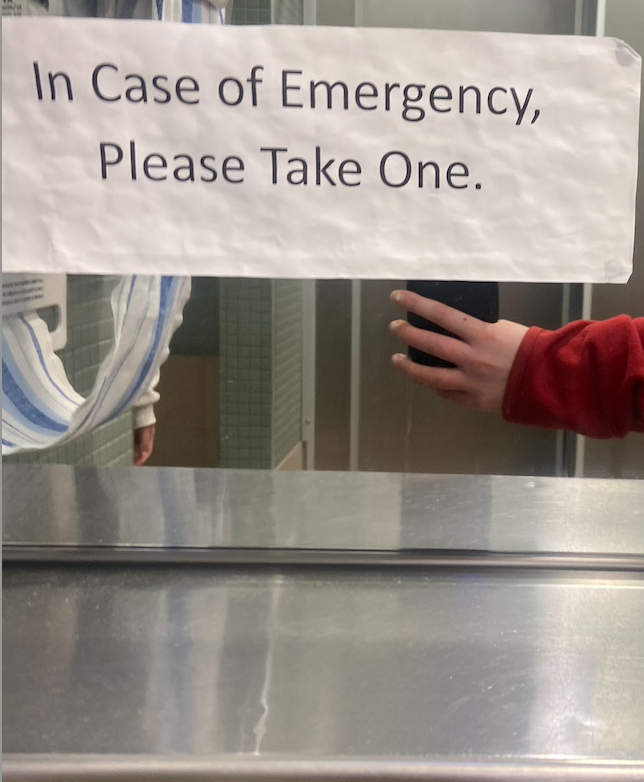
When comparing the accessibility and presentation of condoms and pads, a significant disparity becomes evident. This is primarily due to a lack of initiatives regarding pads, as previously discussed. During our inspection of Otago's main library bathrooms, we discovered that not every female restroom was equipped with pads, and the toilets that had pads were not refilled (shown in the image above).

There are instances where pads are provided in ceramic containers, offered individually. This method is highly unhygienic, as the pads are exposed and could potentially lead to vaginal infections if contaminated. We appreciate the limited supply of pads, but their usage becomes questionable when the risk of infection is a concern (shown in image above).

In contrast, free condoms are always available, often in whole boxes and even with various flavours like strawberry and chocolate. Condoms are distributed in a more hygienic manner, unlike the period pads provided by Campus Watch (shown in the image above).
This highlights the importance of not only promoting safe sex but also supporting individuals experiencing a natural monthly occurrence like menstruation. If safe sex is provided at no cost, the same consideration should extend to those experiencing menstruation.
1 in 5 New Zealanders have experienced period poverty.
Period poverty refers to the lack of access to period products and education. The impact felt by those who cannot afford these products is disproportionately felt, with at least 500 million people affected by the lack of access to sanitary products globally. To address the expensive period poverty impacting those who can't afford basic products, the tax on menstrual products needs to be removed, and there needs to be a decreased stigma towards periods.
The video above presents a short clip, depicting the reality of period poverty for many.
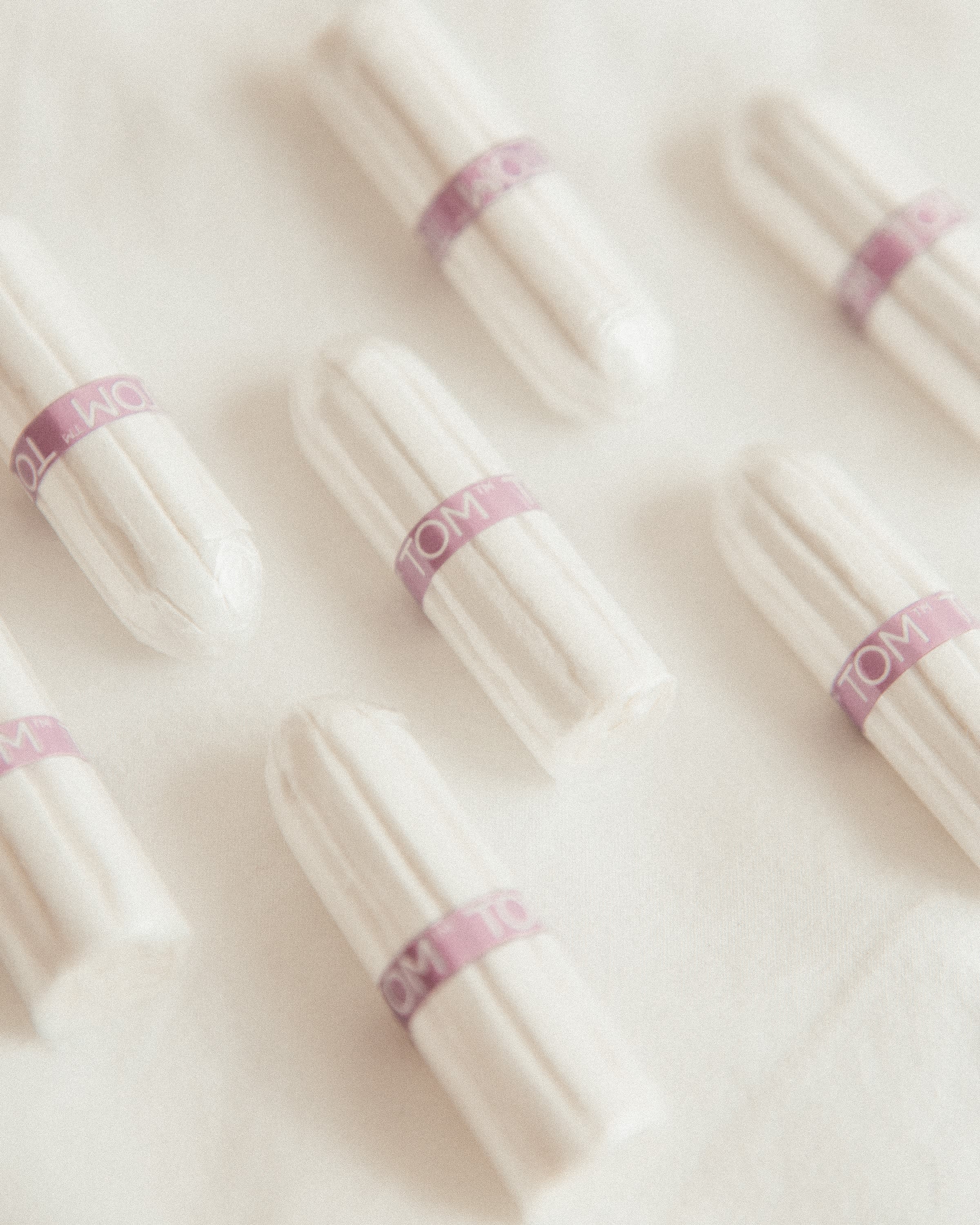
Photo by Maddi Bazzocco on Unsplash
Photo by Maddi Bazzocco on Unsplash
$18,000
The average cost of having a period within a lifetime is equal to $18,000
Periods are Not a Choice But Sex Is
Safe sex is crucial for preventing sexual diseases, but the cost of condoms can be a barrier and it has been identified as a problem now there are ways of acquiring condoms for free. On the other hand, menstruation is a monthly, unavoidable occurrence, yet women are punished with high costs for period products. Women spend approximately $20 per cycle and women have approximately 450 cycles in their lifetime. This financial burden is unfair, and it highlights a gender-based disparity when it comes to subsidising essential products. It's time for change.
The stigmatisation around periods/menstrual products and condoms
Figure 1. ‘Sanitary pad’, image credit: Unsplash+ License, Kateryna Hliznitsova
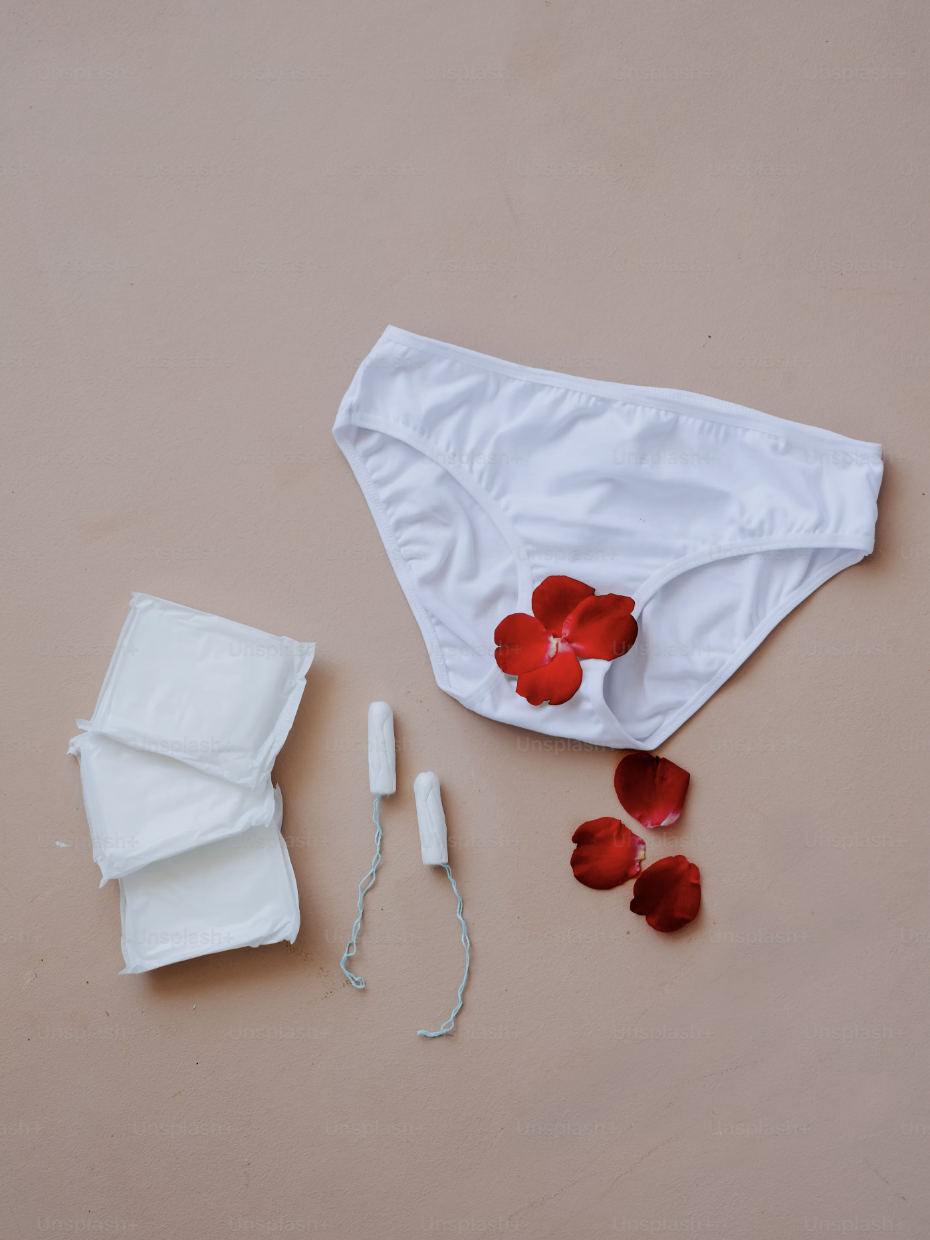
The menstrual blood is a stigmatising mark, that can have a negative consequence for women. Stigmatisation is communicated through media discourses, which is then reinforced by society. For example, advertisements for menstrual products encourage women to be discrete about their periods by promoting their invisible pads, creating stigma. The presence of menstrual stigma has a substantial negative impact on women's self-esteem. This stigma creates an environment in which women feel forced to conceal their menstrual status, leading to a variety of behaviours such as refraining from engaging in sports owing to period concerns, wearing loose-fitting clothing to cover their sanitary products, and so on.
While comparing condoms to menstrual pads/periods, condoms are seen as the responsible choice because they offer protection against potential diseases and unwanted pregnancy. Condoms are generally viewed positively, whereas periods and menstrual products carry negative and embarrassing stigma. While it is beneficial that condoms are perceived this way, however, it creates this double standard with periods and menstrual products. This is because, condoms are typically associated with males, while menstrual pads are used by women.
Education Disparities
Many people feel that their education in school was focused on sex education and less on menstruation. Lack of education and social support about puberty and menstruation has even more severe consequences for early maturing girls (ages 9-11 years), who report being the least prepared for pubertal changes and are often more likely to engage in risk-taking behaviours like substance use and early sexual activity (Schmitt et al. 2022).
The education disparities also lead to a lack of education about hygiene and the possibility that arises with the use of tampons and pads that can cause toxic shock syndrome. Condoms have no health risks when used properly and often in classroom sex education there are demonstrations and activities, but no demonstrations for the correct use of tampons.

Women's issues
PCOS is a common hormonal issue among women of reproductive age. Women with PCOS may not ovulate, have elevated testosterone levels, and have several tiny but extremely painful cysts on their ovaries. PCOS can result in irregular or skipped menstrual cycles, excessive hair growth, acne, infertility, and weight gain (Better Health Channel 2012). During the diagnosis process of PCOS women are often not taken seriously and these diagnoses can take years.
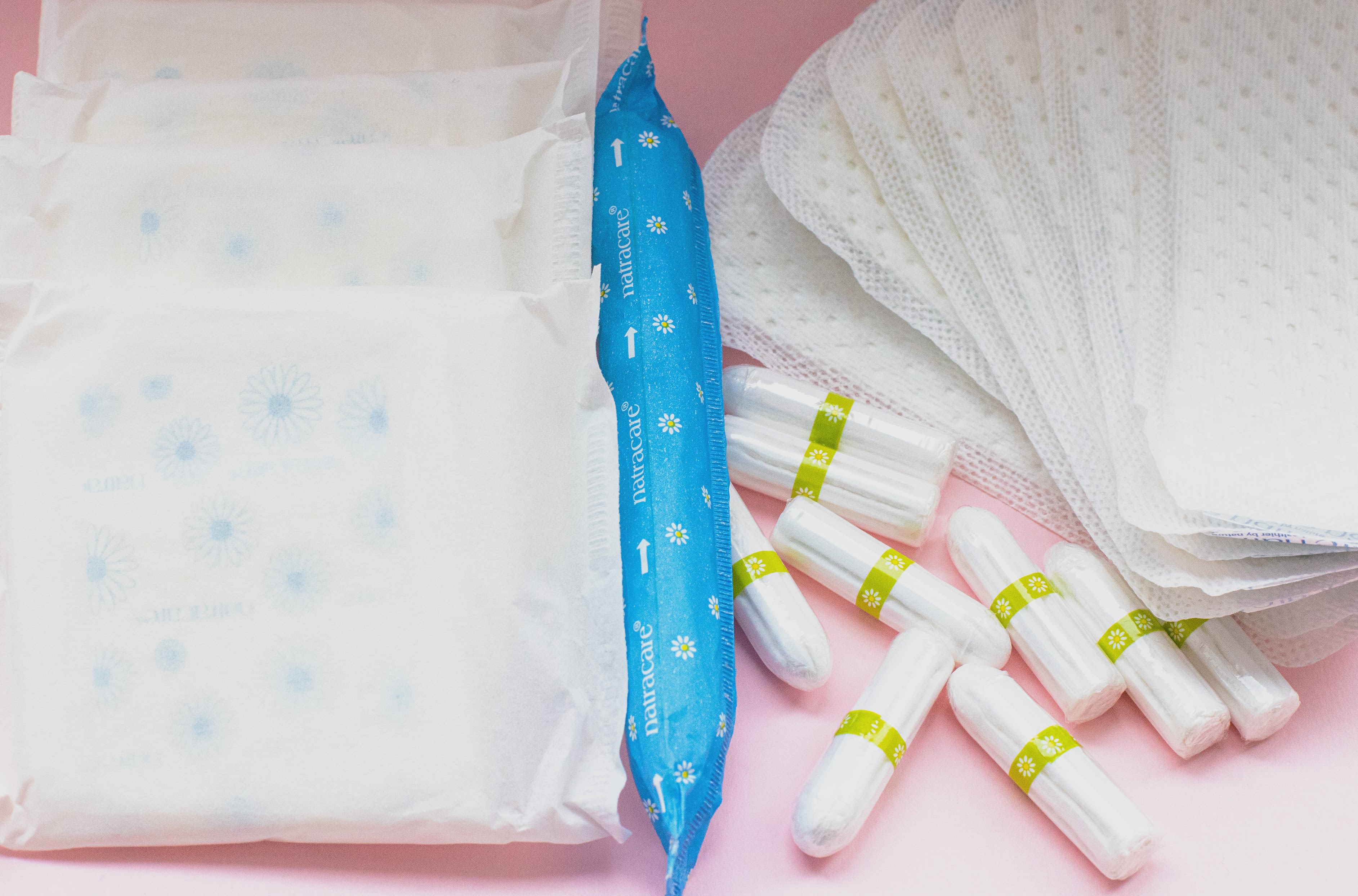
Sex-having women are also often expected to take birth control. These contraceptive methods, such as the pill, depo injection and Jadelle rod, contain high levels of hormones which as well as being a preventative measure for pregnancy can cause nausea, migraine, weight gain, issues with bone density and mood changes which can often lead to mental health issues. At current, there is no mainstream accepted birth control for men to take.
The video below shows a stereotypical portrayal of how a woman's cycle 'should' go and how they 'should' act. These stereotypes can be harmful to women's self-image.
Men's Issues
Within the community, there is less stigma around purchasing or getting free condoms than there is for purchasing pads. While there are often free condoms being given away in public places, that is not often the same for pads.
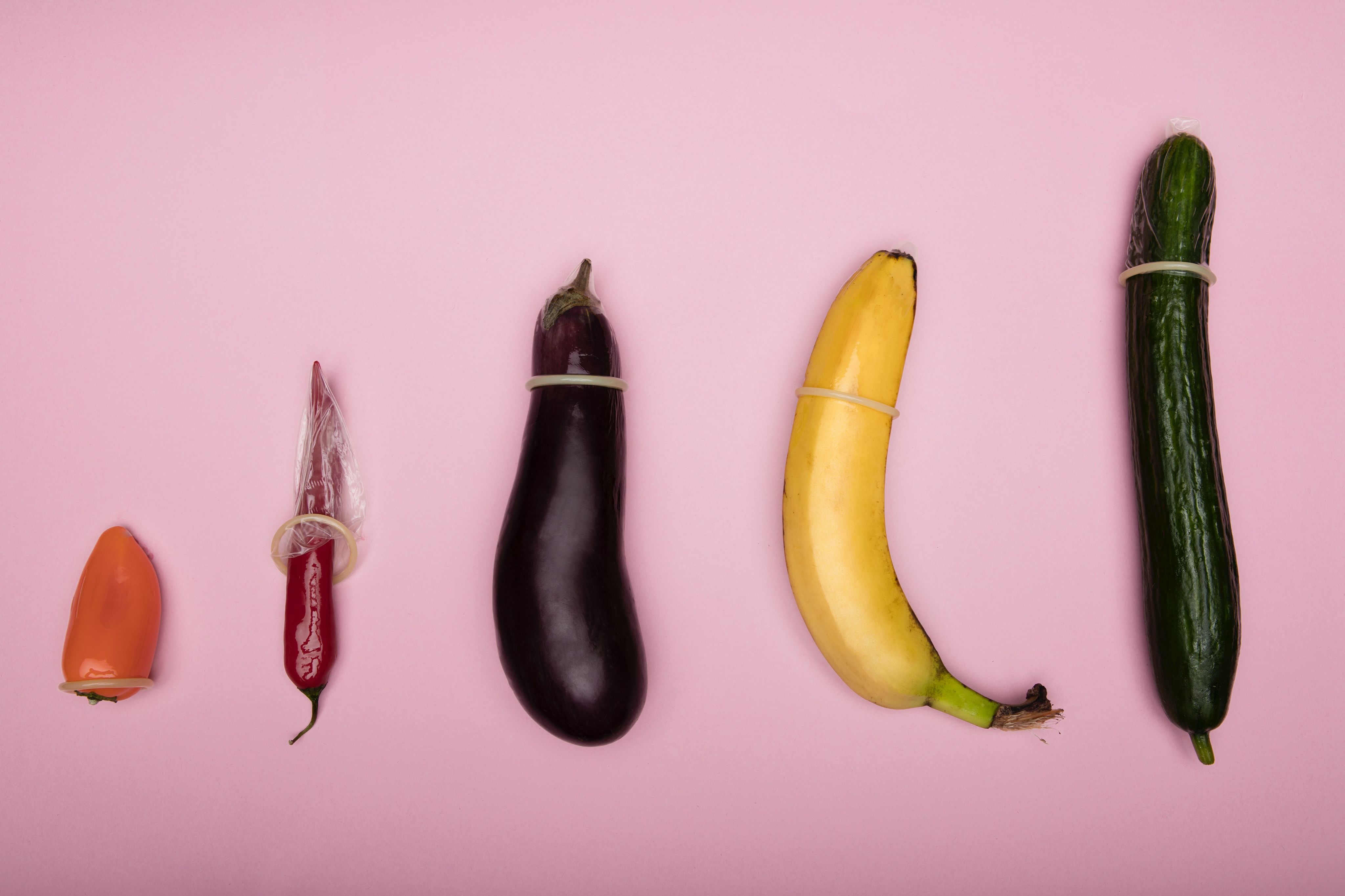
For men, there is often the expectation to start having sex young and if someone does not meet these expectations then they can feel embarrassed and behind (McKenzie et al. 2022). This can lead to bullying and even self-esteem and mental health issues.
Conclusion
In conclusion, we want to shed light on the pressing issue of period poverty in New Zealand, highlighting the stark contrast in the accessibility of free condoms versus menstrual products. While condoms and sexual education are readily available and often distributed for free to prevent the transmission of STIs, period products remain unaffordable for many, perpetuating period poverty. The disparity in support within university settings is evident, with condoms being more accessible than pads. Moreover, societal stigma surrounding menstruation exacerbates the problem, affecting women's self-esteem and participation in various activities.
Bibliography
Action Aid. (2022) Period poverty: The statistics around the world. [online] Available from: https://www.actionaid.org.uk/blog/2022/05/18/period-poverty-statistics-around-world [Accessed 16 September, 2023]
Blog. (2019) 7 Amazing Facts About Periods That Everyone Needs To Know – Helping Women Period, Helping Women Period. https://www.helpingwomenperiod.org/7-amazing-facts-about-periods-that-everyone-needs-to-know/?fbclid=IwAR0dW-0iHhWty7UvyIz5BTwA2FaOoCushktTRribo4Y1F1lgtq_eiGltocs [Accessed 12 September].
Brown, N. (2022) Free Condoms Abound on Campus: Fucking on a Budget: A Travel Guide to Dunedin’s Free Condoms. https://www.critic.co.nz/news/article/10245/free-condoms-abound-on-campus#:~:text=According%20to%20a%20University%20of,the%20New%20Zealand%20AIDS%20Foundation). [Accessed 16 September, 2023]
Garcia, F., Lonkhuijzen, R. & Wagemakers, A. (2022) The stigma surrounding menstruation: attitudes and practices regarding menstruation and sexual activity during menstruation. Women's Reproductive Health. 10 (3), 1-2. https://doi.org/10.1080/23293691.2022.2124041
Global Women. (2021) Period Poverty in Aotearoa. [online] Available from: https://globalwomen.org.nz/uncategorised/period-poverty-in-aotearoa/ [Accessed 16 September, 2023]
Kim. (2021) Female Homelessness and Period Poverty - National Organization for Women. https://now.org/blog/female-homelessness-and-period-poverty/?fbclid=IwAR3aR5elabJ2zryTRlKu-rCZsNyikIGZgqU2YeZ5Fh94O7P-XEfyk7mDkqo [Accessed 14th September]
The World Bank. (2022) Understanding Poverty: Menstrual Health and Hygiene [online] Available from: https://www.worldbank.org/en/topic/water/brief/menstrual-health-and-hygiene#:~:text=Menstrual%20Health%20and%20Hygiene%20(MHH,menstrual%20hygiene%20management%20(MHM). [Accessed 16 September, 2023]
University of Otago. (2023) Campus Watch offers free tampons, pads for students. https://www.facebook.com/watch/?v=702948294698942 [Accessed 10 September, 2023]
Media Reference list
Bazzocco, M 2021, Tom Organic, Unsplash, viewed 20 September 2023, <https://unsplash.com/photos/_un4OSqd03k>.
Black, D 2020a, Hand putting condom on, Unsplash, viewed 20 September 2023, <https://unsplash.com/photos/xiWzZnZFdqo>.
― 2020b, Safe Sex Penis Erotic, Unsplash, viewed 20 September 2023, <https://unsplash.com/photos/ZQrTWc2_6pA>.
Glamour n.d., This is Your Period in 2 Minutes | Glamour, www.youtube.com, viewed 20 September 2023, <https://youtu.be/WOi2Bwvp6hw>.
Gordon, A 2020, A woman passes a menstrual product to another, Unsplash, viewed 20 September 2023, <https://unsplash.com/photos/DPW3OKMxPN0>.
Hliznitsova, K 2022, Period Products, Unsplash+, viewed 20 September 2023, <https://unsplash.com/photos/kXKs6X-n6pw>.
Natracare 2021, Natracare biodegradable and organic ultra pads, Unsplash, viewed 20 September 2023, <https://unsplash.com/photos/C0QHEyS7sh0>.
natracare 2021a, Natracare organic cotton tampons, Unsplash, viewed 19 September 2023, <https://unsplash.com/photos/vrUANq_TcSc>.
― 2021b, Natracare’s organic cotton period products, including; tampons, applicator tampons, pads, curved panty liners, Unsplash, viewed 20 September 2023, <https://unsplash.com/photos/r7UjnJHJxmY>.
Period poverty: a journey through the pain, struggle and taboo 2019, Period poverty: a journey through the pain, struggle and taboo, YouTube.
Petrie, H 2023a, Central library pads, Shorthand.
― 2023b, Central library pads sign, Shorthand.
rhsupplies 2019a, A Range of Contraceptive methods: Contraceptive pills, Emergency contraception, condom, IUD, Vaginal ring, Implant, Unsplash, viewed 20 September 2023, <https://unsplash.com/photos/lYR44OXwMA4>.
― 2019b, Female condom with the packaging, Unsplash, viewed 20 September 2023, <https://unsplash.com/photos/F90T9TsfsIM>.
Soppet, M, 2023, Student Health condom bowl, Shorthand.
0:19 / 4:42

